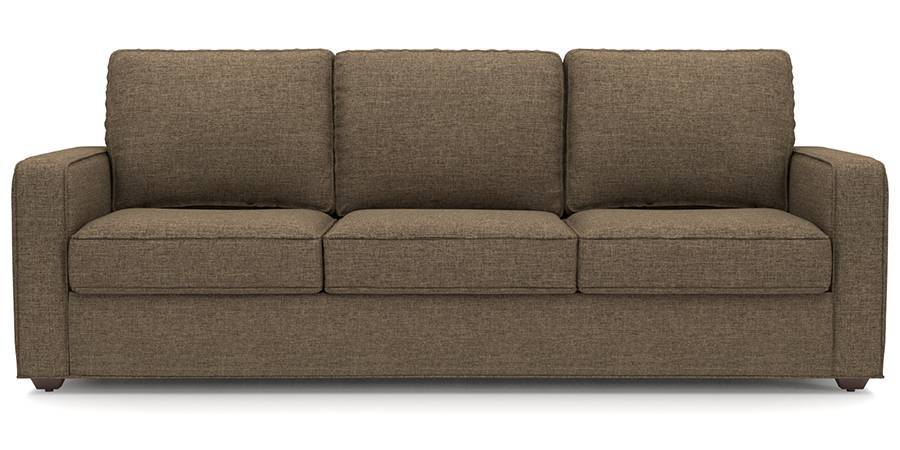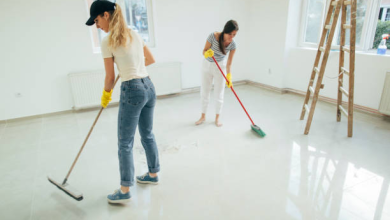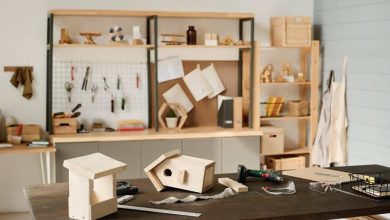
Leather vs. Fabric Choosing the Best Sofa Upholstery for Your Lifestyle
When it comes to buying a sofa, the upholstery you choose is just as important as the design itself. The material not only affects how your sofa looks and feels but also determines its durability, maintenance, and suitability for your lifestyle. Among the most popular choices, leather and fabric sofa upholstery stand out for their distinct advantages and aesthetic appeal. But which one truly fits your home, comfort preferences, and daily routine?
In this detailed guide, we’ll break down everything you need to know about leather vs. fabric sofas — from texture and comfort to care and longevity — so you can make a confident, stylish, and practical decision.
The Timeless Appeal of Leather Upholstery
Leather sofas have long been associated with luxury, durability, and timeless style. Their sleek finish and natural texture make them a favorite for both classic and contemporary interiors. Genuine leather develops a beautiful patina over time, giving your sofa character and charm as it ages.
Advantages of Leather Upholstery:
Durability and Longevity:
Leather is exceptionally tough and can last for decades with proper care. It resists tears, fading, and wear far better than most fabrics. For households with pets or children, high-quality leather stands up well to everyday use.
Easy to Clean:
Leather’s smooth surface makes it easy to wipe away spills, dust, or pet hair. Unlike fabric, it doesn’t absorb liquids or odors, which makes it an excellent option for people who want low-maintenance furniture.
Hypoallergenic:
Leather doesn’t trap dust mites, pet dander, or allergens — making it ideal for allergy sufferers.
Luxurious Aesthetic:
A leather sofa adds a touch of sophistication and elegance to any space. It’s versatile enough to complement rustic, modern, or executive office settings.
Disadvantages of Leather Upholstery:
Cost:
Genuine leather is often more expensive than fabric upholstery. However, its long lifespan often justifies the initial investment.
Temperature Sensitivity:
Leather can feel cold in winter and hot in summer, which might affect comfort in extreme climates.
Limited Color Variety:
While leather comes in many shades, it can’t match the vast array of patterns and textures available in fabric upholstery.
Scratch Sensitivity:
Pets’ claws or sharp objects can scratch leather surfaces, especially softer grades like aniline leather.
The Comfort and Versatility of Fabric Upholstery
Fabric sofas are beloved for their comfort, color choices, and affordability. They bring warmth and coziness to any living space, making them a go-to for family homes. With advancements in textile technology, today’s fabrics are more durable and easier to maintain than ever.
Advantages of Fabric Upholstery:
Superior Comfort:
Fabric tends to be softer and warmer to the touch compared to leather. It adjusts well to room temperature and provides a cozier seating experience, especially for long lounging hours.
Endless Design Options:
From cotton and linen to microfiber and velvet, fabric upholstery offers an incredible range of colors, textures, and patterns. Whether you prefer minimalist neutrals or bold statement prints, fabric lets you express your personal style.
Cost-Effective:
Fabric sofas are typically more budget-friendly than leather ones, making them ideal for families, renters, or anyone who frequently updates their décor.
Low Temperature Sensitivity:
Unlike leather, fabric remains comfortable in all seasons — cool during summer and warm during winter.
Disadvantages of Fabric Upholstery:
Maintenance:
Fabric is more prone to staining, absorbing spills, and collecting dust. Regular vacuuming and occasional professional cleaning are necessary to keep it looking new.
Allergen Build-Up:
Fabric can trap dust, pollen, and pet hair, which may be problematic for people with allergies.
Shorter Lifespan:
Depending on quality, fabric upholstery may wear out faster than leather. It’s more susceptible to fading, especially when exposed to direct sunlight.
Odor Absorption:
Fabric can hold onto odors from pets, smoke, or food, requiring periodic deep cleaning.
Comparing Leather vs. Fabric: Key Factors to Consider
| Feature | Leather Upholstery | Fabric Upholstery |
| Durability | Extremely durable; lasts for years | Moderate; depends on quality |
| Comfort | Firm, cool to touch | Soft, cozy, and warm |
| Maintenance | Easy to clean; wipeable | Needs regular cleaning |
| Aesthetic Appeal | Sleek, luxurious, and timeless | Versatile, colorful, and customizable |
| Cost | Higher initial investment | More affordable |
| Allergies | Hypoallergenic | May trap dust and allergens |
| Pet/Kid Friendly | Resistant to spills, can scratch | Softer, but can stain |
| Temperature Sensitivity | Can feel hot/cold | Maintains consistent comfort |
This side-by-side comparison highlights that both materials have their strengths, and the right choice depends on your lifestyle and preferences.
Choosing Based on Lifestyle
Your ideal sofa upholstery depends largely on how you live and who you live with.
For Families with Kids:
Fabric sofas with washable, stain-resistant covers are practical and cozy. Look for performance fabrics like microfiber or Crypton that resist spills and dirt.
For Pet Owners:
Leather may be easier to clean, but watch for scratches. Alternatively, tightly woven fabrics in medium shades help hide pet fur and wear.
For Busy Professionals:
Leather’s low maintenance and professional look make it ideal for apartments or home offices.
For Style Enthusiasts:
If you love experimenting with colors and textures, fabric upholstery offers endless creative possibilities.
For Allergy Sufferers:
Leather wins with its dust- and allergen-resistant surface.
Maintenance Tips for Longevity
Leather Sofas:
Clean with a damp cloth weekly to remove dust.
Use a leather conditioner every 6–12 months to maintain softness.
Keep away from direct sunlight and heat sources to prevent cracking.
Fabric Sofas:
Vacuum regularly to remove dust and debris.
Use removable slipcovers for easy washing.
Blot spills immediately and use fabric-safe cleaners.
A little consistent care can significantly extend the life and appearance of your sofa.
Conclusion: Finding the Right Balance
When it comes to leather vs. fabric, there’s no one-size-fits-all answer — it’s about matching your sofa to your lifestyle. Leather offers elegance, durability, and easy maintenance, while fabric provides comfort, warmth, and creative freedom.
If you want a statement piece that exudes luxury and lasts for years, go for leather. If you prefer a cozy, colorful, and family-friendly option, fabric might be your best bet.
Ultimately, the perfect sofa upholstery Abu Dhabi is one that balances style with practicality — a place where you can relax, unwind, and make memories comfortably, no matter what life (or your pets and kids) throw at it.




